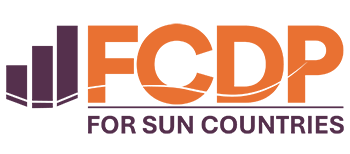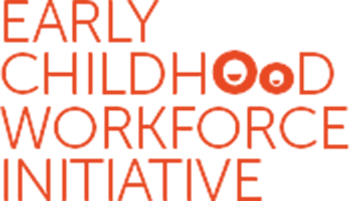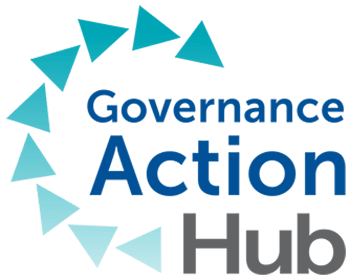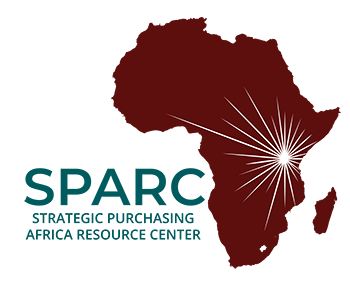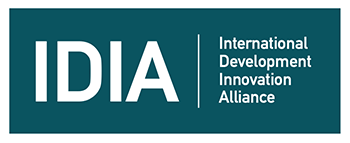Engaging government champions to influence policy changes at the school-level in Uganda: A case study
This is the second blog post in our two-post series on opening policy windows. You can read our first post with lessons from the School Action Learning Exchange (SALEX) side session at the East African Community Regional Education Conference here.
In our previous blog post, we shared key takeaways and lessons for opening policy windows to improve education. But what does this look like in practice? Our partners at STiR Education provide a helpful case for the challenges and strategies that can be used to open policy windows.
STiR’s work in Uganda
In Uganda, the STiR Education initiative aims to transform teacher effectiveness through the Teacher Changemaker Development Programme. Through this work, STiR has successfully engaged government champions to overcome implementation challenges and foster policy changes that prioritize educational improvement at the school level. By leveraging strategic relationships with key stakeholders in the Ministry of Education and Sports (MoES) and local education officials, STiR Education has expanded its reach and impact, scaling the programme from 32 to 119 districts with aspirations for national implementation by 2025.
The challenge: low programme uptake
When STiR launched the Teacher Changemaker Development Programme, school leaders identified three teachers from each school to participate in network meetings with peers from neighboring schools. The intention was for these teachers to share evidence-based teaching strategies upon returning to their schools. However, the initiative faced significant hurdles:
- Lack of engagement from headteachers: Many headteachers were not fully engaged in the programme, leading to insufficient mobilization of teachers and low participation in school-level activities.
- Barrier to implementation: Teachers reported that the lack of support from headteachers was a major barrier to effectively implementing the strategies discussed during network meetings.
To address these challenges, STiR recognized the necessity of positioning headteachers as champions of the programme and sought to engage MoES to emphasize their critical role.
Four Strategies that helped STiR address this challenge
Using strategies to map stakeholders, build alliances, and engage collaboratively with policymakers, STiR has been able to see big results from our work. Here are four activities we undertook to improve our results:
1. Identifying Key Influencers
STiR conducted a stakeholder mapping exercise to identify key individuals committed to improving education who also had the power to influence decisions. The following groups were identified as pivotal:
- Commissioners of key departments: These included the Teacher Education and Training Department, Basic Education, Government Secondary Education, and Private Schools and Institutions.
- National leadership teams: Engaging with District and Municipal Education Officers, as well as the Association of Secondary School Headteachers in Uganda (ASSHU), was crucial for fostering local support.
2. Engaging Government Champions
STiR organized one-on-one meetings with these champions, sharing data from the programme to discuss progress and challenges.
These meetings allowed STiR to:
- Highlight suggestions from stakeholders in the field.
- Seek guidance on strategies to enhance implementation.
- Request support in communicating recommendations to MoES leadership.
3. Joint Field Visits
To deepen understanding and foster connection, STiR facilitated joint field visits with MoES champions to selected schools. These visits provided champions with first-hand insights into the programme’s impact and challenges, encouraging dialogue with teachers, school leaders, and local officials.
Feedback from these interactions emphasized the importance of:
- Increased government engagement.
- Positioning headteachers as central figures in program implementation.
4. Networking Dinners and Structured Meetings
STiR organized networking dinners for champions to collectively brainstorm solutions to implementation challenges. Termly structured review meetings provided a platform for discussing progress and aligning efforts across various stakeholders. This collaborative approach cultivated a sense of shared ownership and responsibility.
Our results and impact
The ongoing engagement with key stakeholders yielded significant policy changes:
- Tripartite MoU: A pivotal moment came with the signing of a tripartite Memorandum of Understanding (MoU) between MoES, ASSHU, and STiR, formalizing headteachers’ role in program implementation.
- Circular from MoES: Following the MoU, the Permanent Secretary of MoES issued a circular to all school leaders emphasizing the importance of the STiR programme and urging active involvement from teachers.
These initiatives marked a shift in policy, effectively embedding the program within the national education framework.
As a result of these efforts, STiR has seen:
- Scaling of the programme: Expansion from 32 to 119 districts, with a goal for national rollout by 2025.
- Increased ownership: Schools began incorporating programme activities into their term plans, demonstrating a greater commitment to the initiative.
- Improved teaching practices: Teachers reported successfully integrating strategies from network meetings into their lessons, positively impacting teaching and learning outcomes.
Feedback from government champions reflected this progress, with remarks highlighting the visibility of STiR’s impact within schools and the growing support for the program.
The STiR Education initiative’s experience illustrates the power of engaging government champions to influence policy and drive educational change. By strategically mapping stakeholders, fostering collaborative relationships, and emphasizing the critical role of headteachers, STiR successfully transformed the implementation landscape of the Teacher Changemaker Development Programme. This case study serves as a model for other organizations seeking to engage government partners in educational reform, demonstrating that collective advocacy can lead to substantial improvements in policy and practice.






